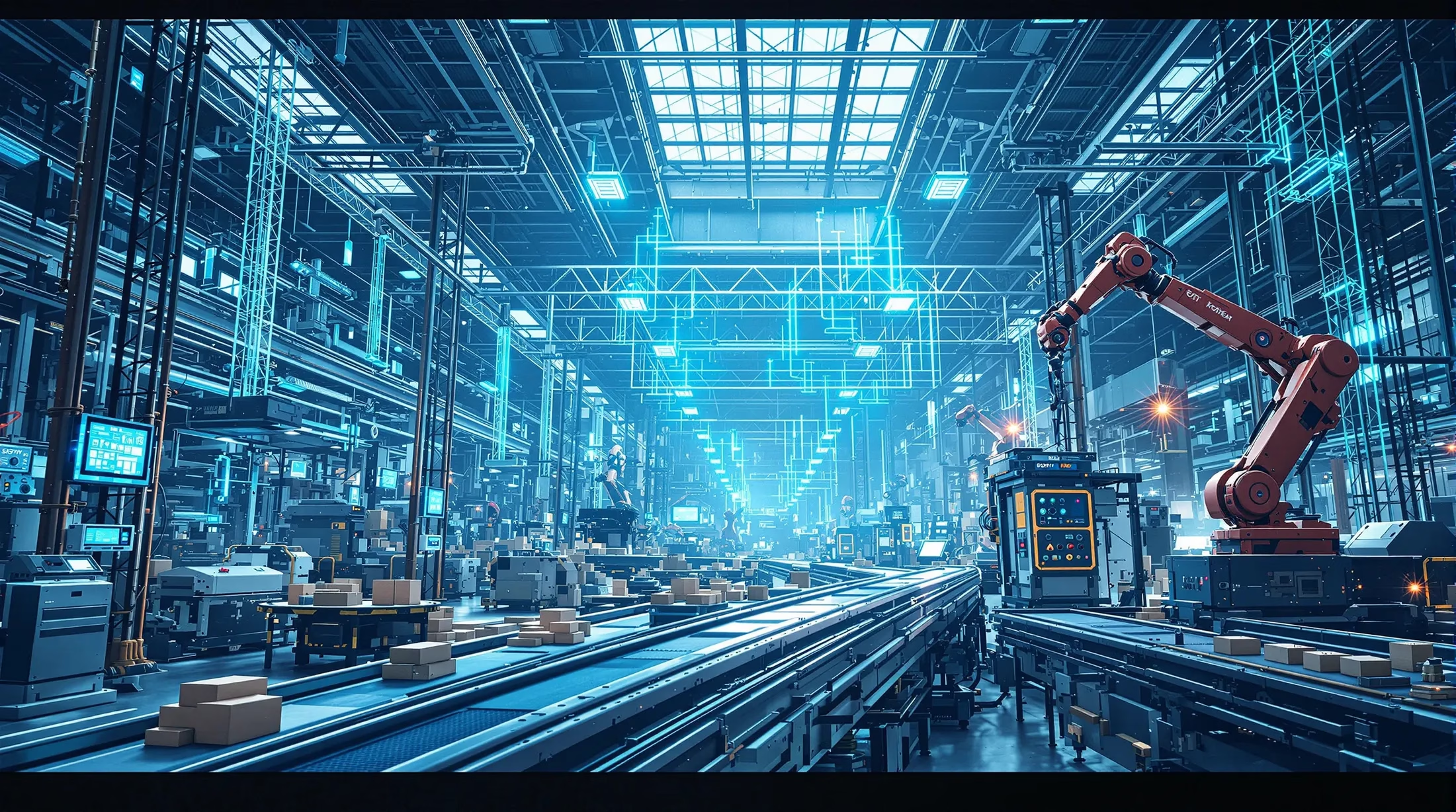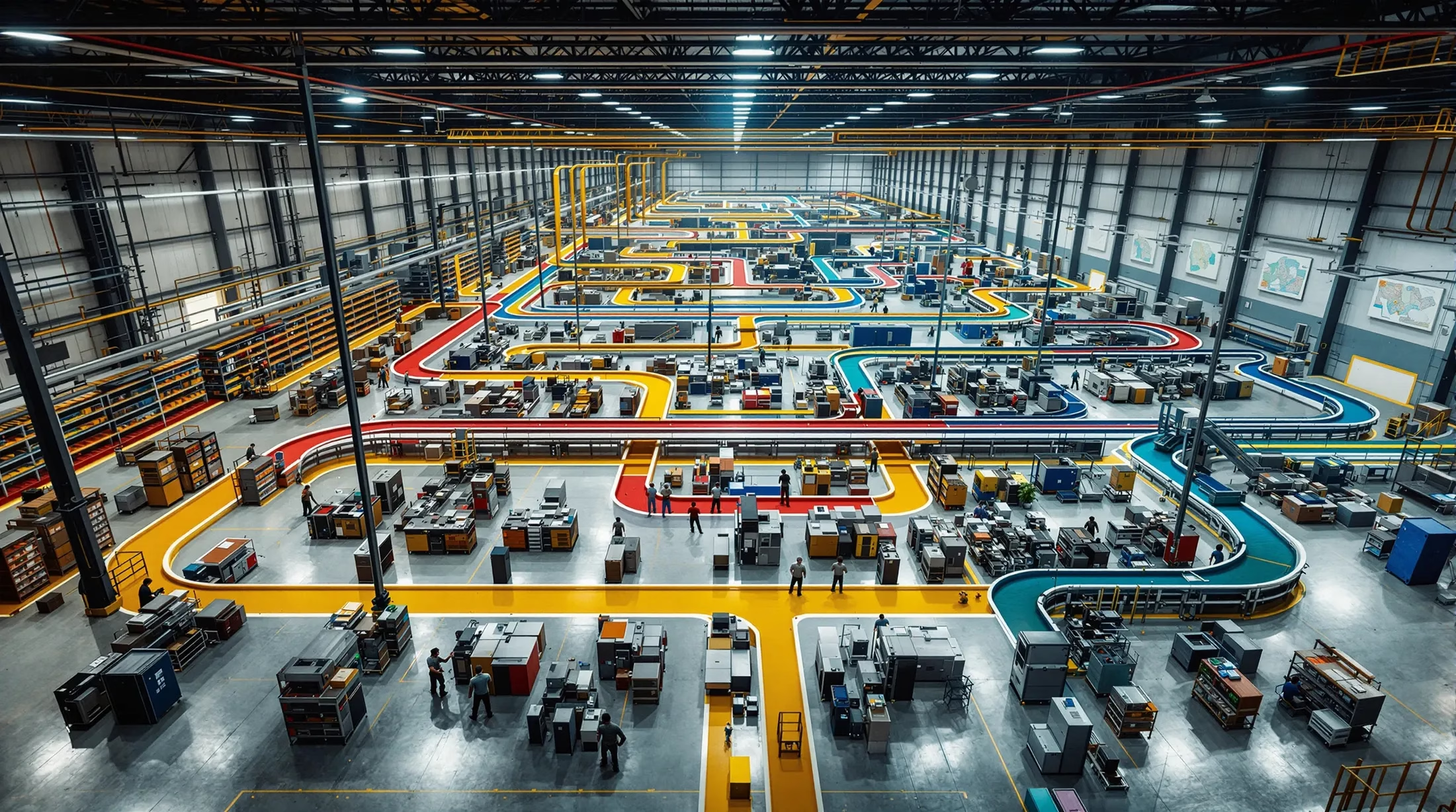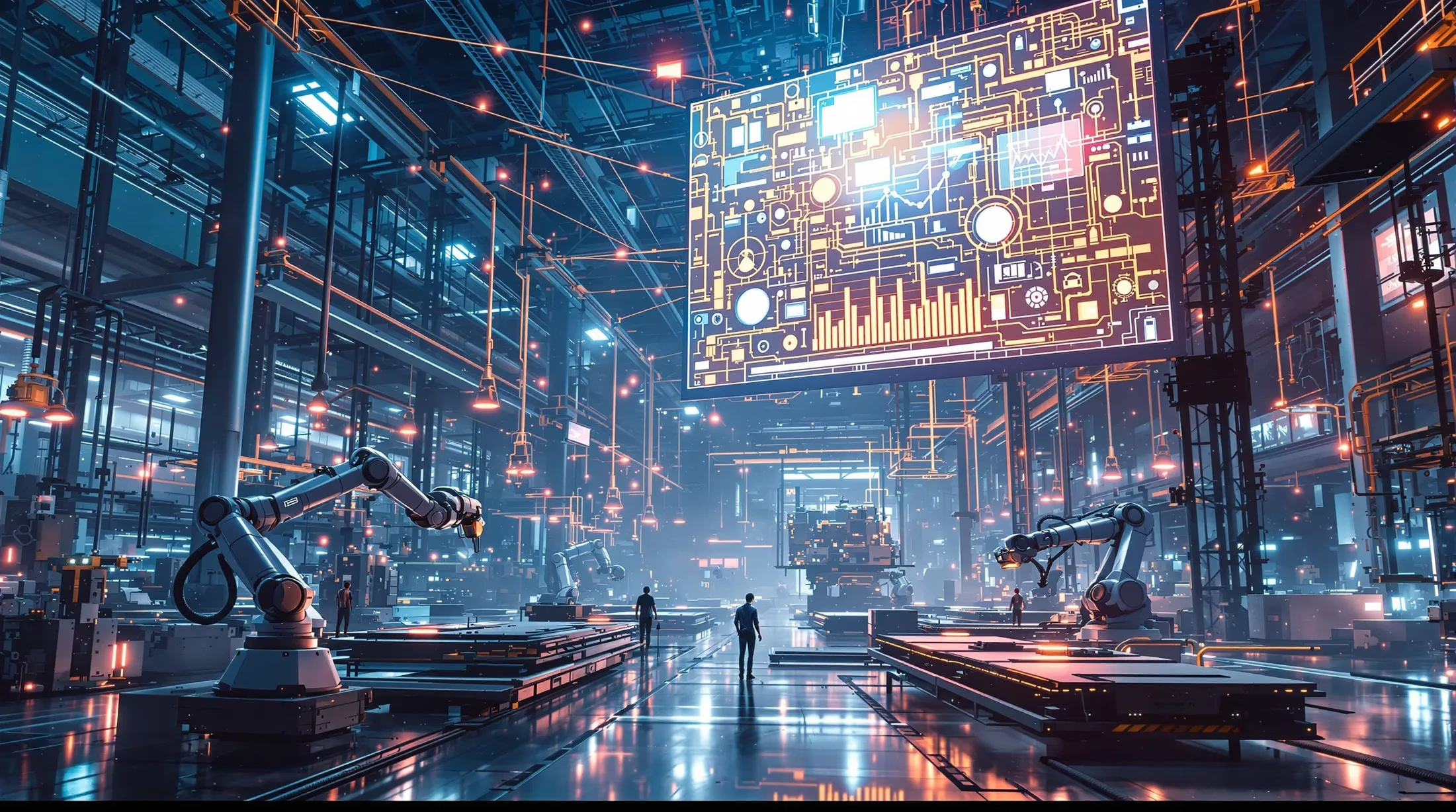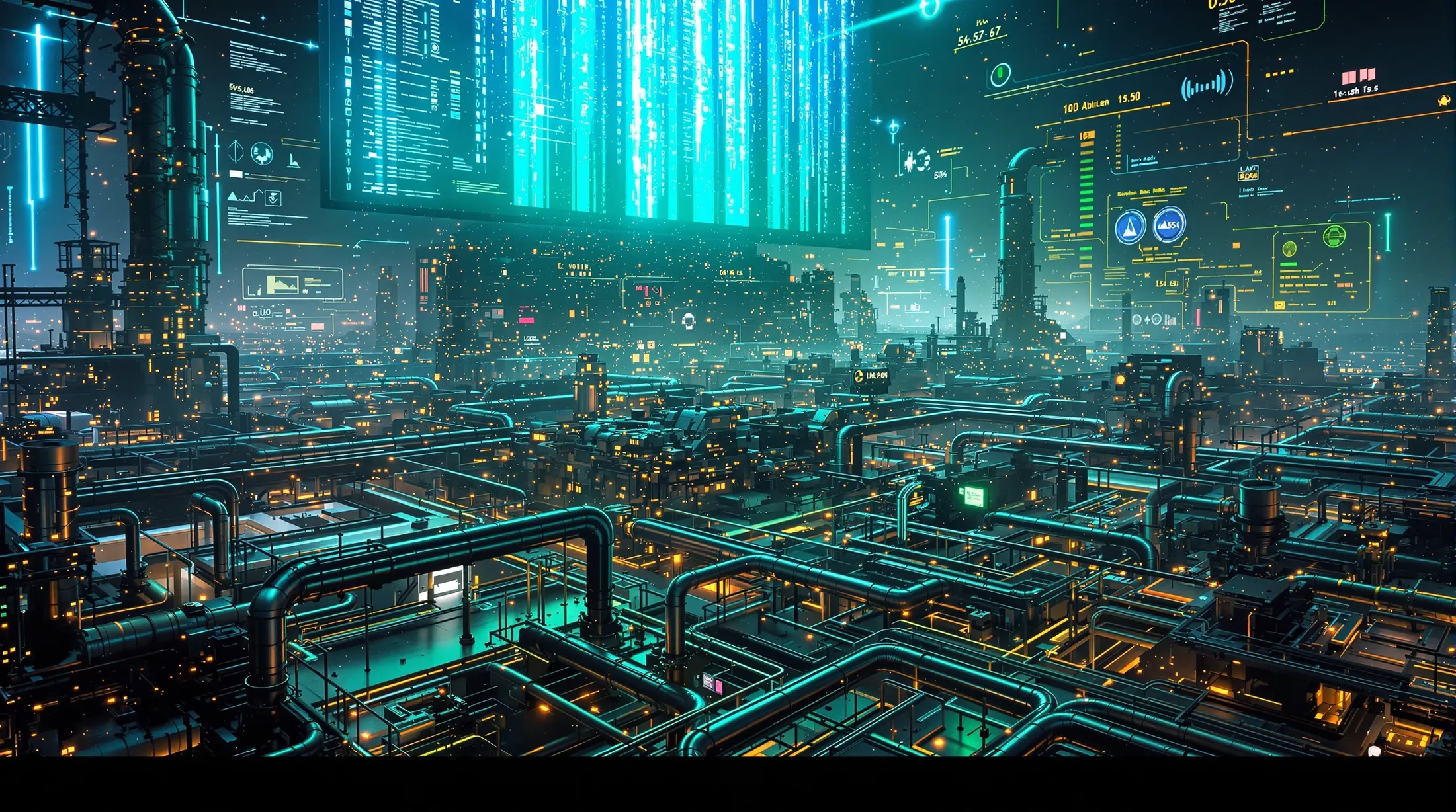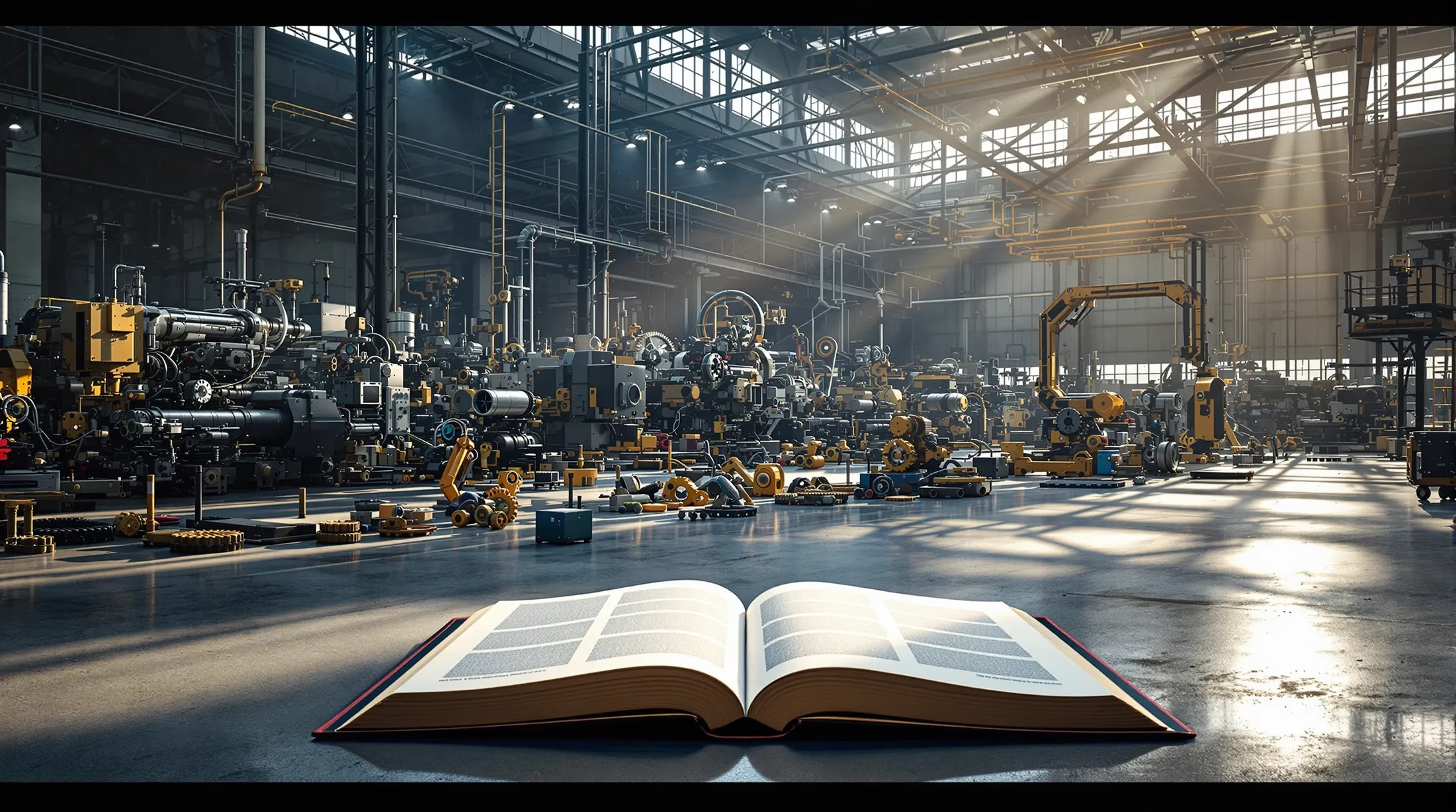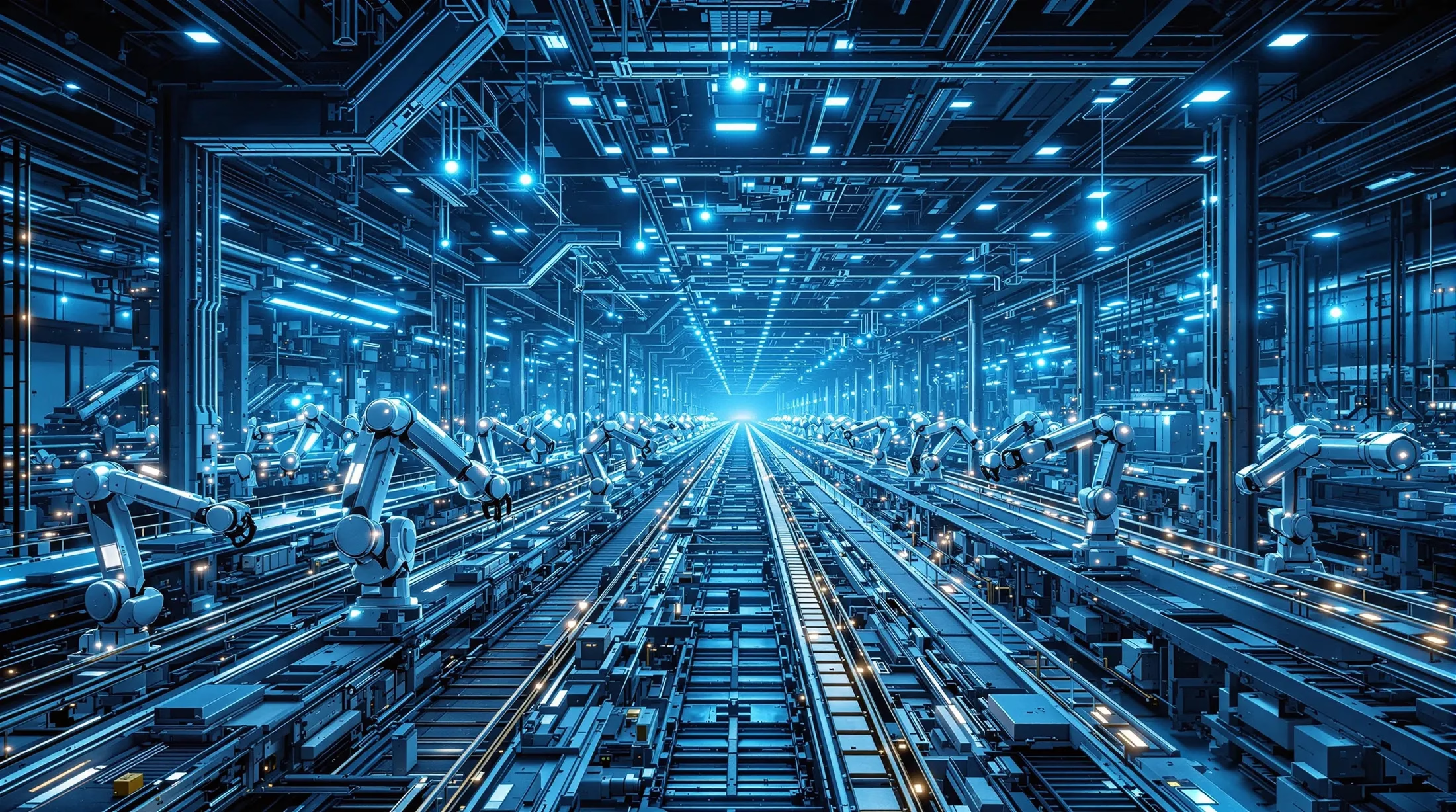In today’s rapidly evolving energy landscape, the choice between solar power and traditional electricity has become more significant than ever. With electricity costs surging by 4.3% in 2021 alone, homeowners are increasingly exploring sustainable alternatives. Let’s explore the key differences between these energy sources to help you make an informed decision about your home’s energy future.
Understanding Solar Power and Traditional Electricity
As energy consumption continues to rise globally, understanding the fundamental differences between solar power and traditional electricity becomes crucial. These energy sources differ in their generation methods, environmental impact, and cost efficiency. While traditional electricity has been the backbone of our power needs for over a century, solar power represents an innovative shift toward sustainable energy solutions.
What is Solar Power?
Solar power harnesses energy directly from the sun using photovoltaic (PV) solar panels. The process involves several key components:
- Silicon cells within panels convert sunlight into direct current (DC) electricity
- Inverters transform DC electricity into alternating current (AC)
- Optional battery storage systems provide power during non-sunlight hours
- Modern rooftop or ground-mounted installation options
Recent technological advances have significantly improved solar panel efficiency while reducing costs, making it a viable primary power source for residential use.
What is Traditional Electricity?
Traditional electricity relies on centralized power generation through non-renewable sources. The process involves:
- Burning fossil fuels (coal, natural gas, oil) or nuclear fission to generate heat
- Converting heat to steam to drive turbines connected to generators
- Transmitting power through an extensive grid network
- Distribution through substations to reach homes and businesses
Cost Comparison: Solar Power vs Traditional Electricity
The financial comparison between solar and traditional electricity encompasses both immediate investments and long-term savings. Solar installation costs have dropped by over 70% in the past decade, while traditional electricity rates continue to climb.
Upfront Costs and Incentives for Solar Power
| Aspect | Details |
|---|---|
| Initial Investment | $15,000 – $25,000 for standard residential system |
| Federal Tax Credit | 30% of installation costs |
| Additional Benefits | State tax credits, rebates, net metering, SRECs |
| Financing Options | Solar loans, leases, PPAs |
Ongoing Costs of Traditional Electricity
Traditional electricity comes with predictable patterns of expense:
- Average annual household spending: $1,500
- Historical rate increase: 2-3% annually
- Recent rate surge: 4.3% (2021)
- No return on investment potential
- Subject to seasonal price fluctuations
Environmental Impact: Solar Power vs Electricity
The environmental implications of energy choices have become critical in our climate-conscious world. Solar power and traditional electricity represent two distinct approaches to energy generation, each with vastly different ecological footprints. While conventional electricity remains one of the primary contributors to global greenhouse gas emissions, solar power offers a sustainable alternative that significantly reduces environmental impact.
| Environmental Factor | Solar Power | Traditional Electricity |
|---|---|---|
| Emissions | Zero during operation | High CO2 and greenhouse gases |
| Water Usage | Minimal to none | 15-20 gallons per kWh |
| Land Impact | Integrates with existing structures | Requires dedicated facilities |
| Resource Consumption | One-time manufacturing | Continuous fuel extraction |
How Solar Power Reduces Environmental Impact
- Zero operational emissions – prevents 3-4 tons of carbon annually per household
- Minimal water consumption compared to traditional power plants
- Efficient land use through rooftop integration
- 25-30 year operational lifespan with minimal degradation
- Equivalent to planting over 100 trees yearly per system
Environmental Concerns with Traditional Electricity
- Coal plants contribute 30% of global electricity sector CO2 emissions
- Release of toxic substances including mercury and lead
- Significant methane leakage during natural gas extraction
- Billions of gallons of water withdrawn daily for cooling
- Habitat destruction from mining and infrastructure
- Power line infrastructure fragmenting wildlife habitats
Long-term Benefits of Investing in Solar Power
Solar power investment represents a strategic decision that transcends immediate energy needs. While traditional electricity costs continue rising annually, solar provides energy independence and cost predictability. Modern systems typically operate for 35+ years, delivering clean energy long after the initial investment has been recovered.
Financial Savings Over Time
- Break-even point reached within 7-10 years
- $20,000-$40,000 savings over 20 years
- Protection against utility rate volatility
- Net metering credits for excess production
- Predictable energy costs locked in at installation
Increasing Property Value with Solar Installations
Solar installations significantly boost property values, with studies showing homes equipped with solar systems sell for 4.1% more on average than comparable non-solar properties. This premium translates to approximately $9,274 for the median-valued home in the United States. The value increase is particularly pronounced in areas with high electricity costs or strong environmental consciousness, where buyers increasingly prioritize energy efficiency and sustainability features.
Unlike many home improvements that depreciate over time, solar installations maintain their value well because they continue providing tangible financial benefits to new owners. Prospective buyers recognize that purchasing a solar-equipped home means inheriting years of reduced utility costs and energy independence. Additionally, solar installations improve a home’s energy efficiency rating, which has become an important selling point in today’s environmentally conscious market. Real estate professionals increasingly highlight solar features in property listings, recognizing that these systems represent a significant value-add that distinguishes properties in competitive housing markets.
Maintenance and Longevity of Solar Power Systems
Unlike traditional power systems that require constant fuel input and regular maintenance, solar power systems offer remarkable longevity with minimal upkeep requirements. Most solar installations can function effectively for 25-30 years with basic maintenance protocols in place. This extended operational lifespan significantly impacts the total return on investment, making solar power increasingly attractive from both financial and practical perspectives.
| Component | Lifespan | Annual Degradation Rate |
|---|---|---|
| Solar Panels | 25-30 years | 0.5-0.8% |
| Inverters | 10-15 years | N/A |
| Mounting Hardware | 25+ years | Minimal |
Minimal Maintenance Requirements
- No moving parts to wear out or replace
- Only 2-4 inspections required annually
- Natural rainfall often provides sufficient cleaning
- Simple cleaning with water and soft brush when needed
- Real-time monitoring systems for performance tracking
- Automated alerts for potential maintenance issues
Durability and Lifespan of Solar Panels
- Wind resistance up to 140 mph
- Hail resistance up to 1 inch in diameter
- Snow load capacity exceeding 5,400 pascals
- 25-30 year manufacturer warranties
- Actual lifespan of 35-40 years with proper maintenance
- Weather-resistant mounting hardware and wiring systems


